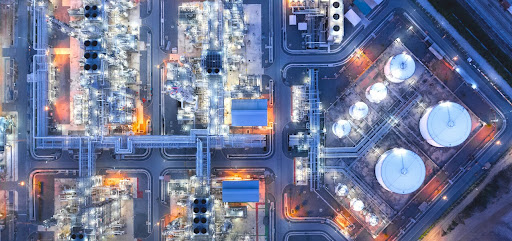-
Johnson Matthey and ThyssenKrupp Uhde offer blue ammonia technology
Date posted:
-
-
-
Post Author
Greg Kelsall
-
-

Johnson Matthey and Thyssenkrupp Uhde, a leading service of chemical plants provider, have announced they have signed a Memorandum of Understanding to jointly offer a fully integrated low carbon, blue ammonia solution.
In the drive to reduce CO2 emissions, the role of ammonia has expanded from a key component to produce fertiliser for the agricultural sector, to a decarbonised carrier and supplier of hydrogen energy that is easier to store and transport than pure hydrogen. The movement of low carbon ammonia can utilise existing infrastructure making it a leading energy transition solution that is ready to capture, store, and ship large quantities of hydrogen for use in the power and industrial value chains globally. This topic was discussed at the IFRF’s TOTeM 49 meeting covering chemical energy carriers. As a result, global demand for ammonia is estimated to increase to more than 600 Mt/y by 2050. Low carbon ammonia is predicted to meet two-thirds of the demand by 2050 with many countries around the world setting decarbonisation targets. This could mean an estimated market size for low carbon ammonia of over $200 billion by 2050.
By joining forces ThyssenKrupp Uhde and Johnson Matthey aim to access the blue ammonia market together, offering proven technologies combining the uhde® ammonia process and Johnson Matthey’s hydrogen expertise through its LCHTM technology. This will enable the production of blue ammonia with up to 99% CO2 capture.
Thyssenkrupp Uhde has licensed, engineered, or constructed over 130 ammonia plants worldwide since 1928 and is a market leader in large plants over 3,000 tonnes/day of ammonia with its dual pressure technology. Johnson Matthey’s LCH technology, which utilises an autothermal reformer alone, or in conjunction with a gas heated reformer, has been selected for several of the world’s first large scale blue hydrogen projects. This includes bp’s H2Teesside project, a 700 MW low carbon hydrogen production plant, and the Equinor led H2H Saltend project for a 600 MW low carbon hydrogen production plant- both planned in the UK.
